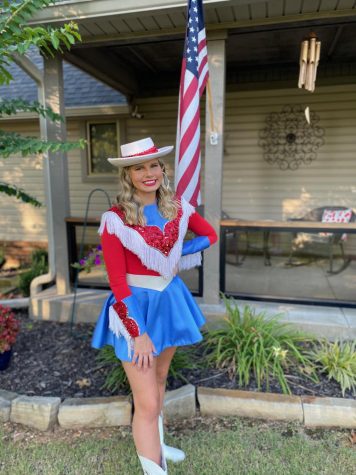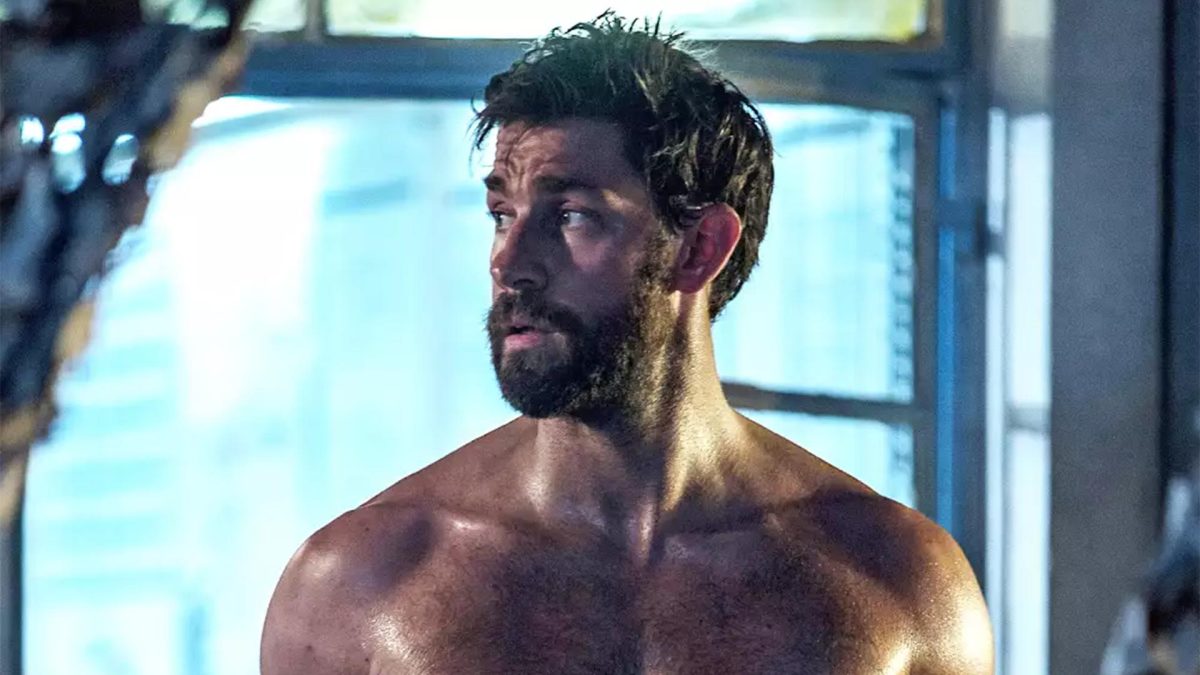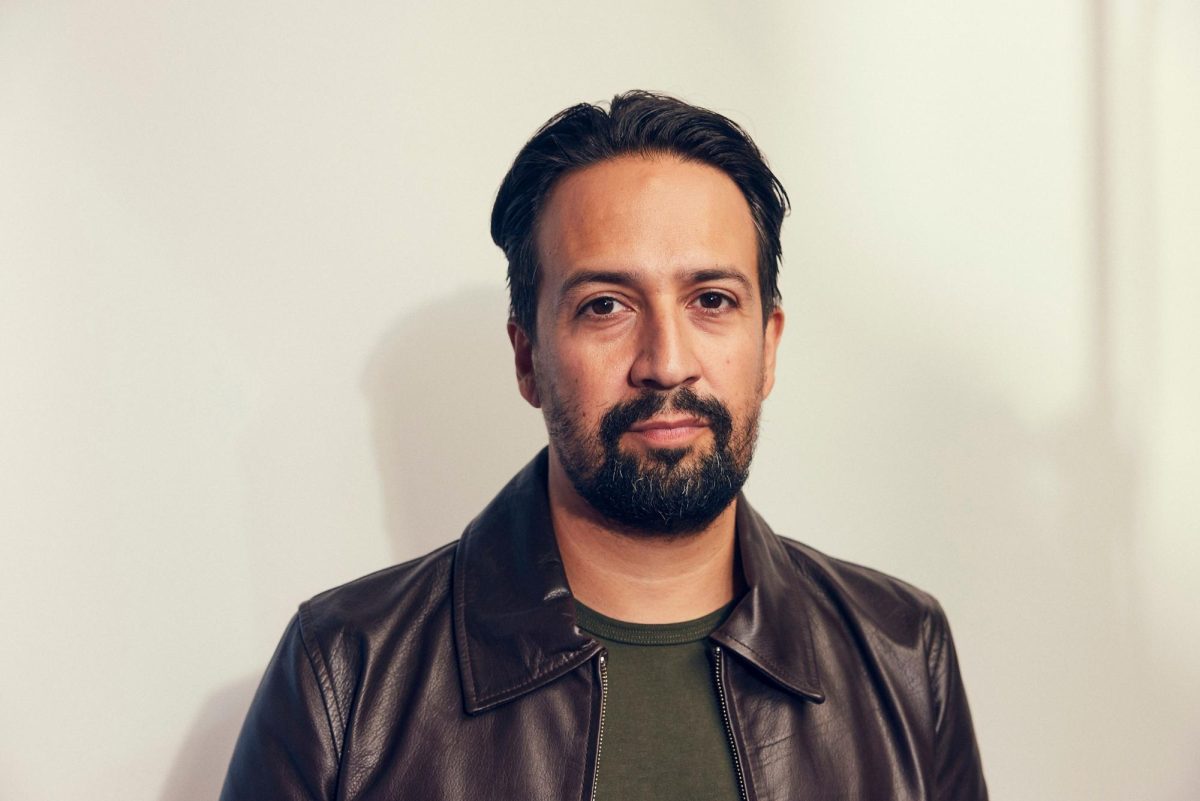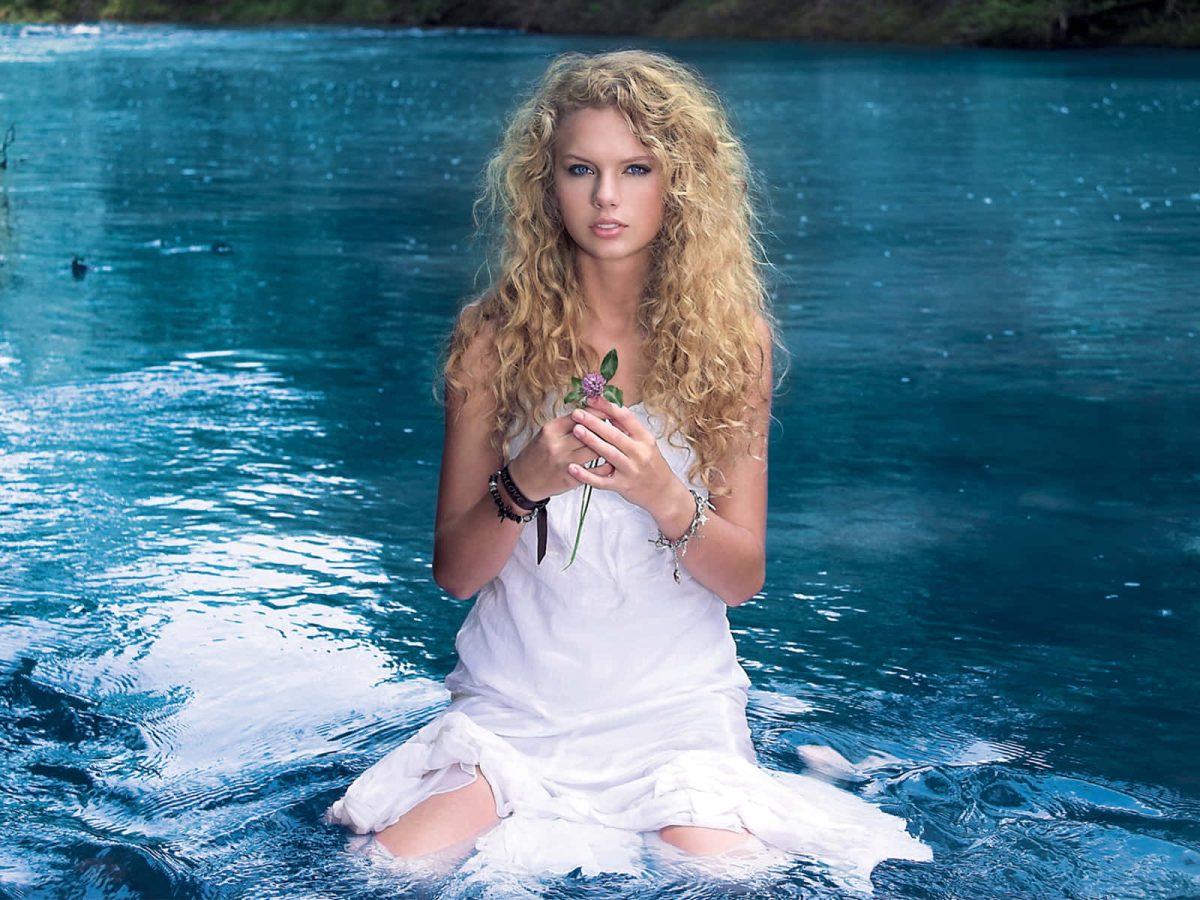Graduate Completes Journey Of A Lifetime

Photo submitted
October 22, 2021
On Oct. 14 alumnus Sydney King conquered the Appalachian Trail. The journey took 188 days through 14 states, 22 Native American homelands, and over 2,000 miles. King shared insight to her adventure and how she prepared along the way.
Q: You were a Southside graduate, what year did you graduate and where has life taken you since your time here on campus?
A: I graduated in 2012. I went to Hendrix College where I graduated in 2016. After that, I lived in Little Rock up until I left for the trail in April of 2021.
Q: Explain your inspiration to take on this journey?
A:The inspiration began while I was a junior in college. College is a time of many changes as well as choices that you have to make about your future, and I just was not ready to start a “career” after I graduated. I didn’t know what I wanted to do, and going on an adventure sounded like the perfect transition into “adult life.” However, life doesn’t always work out that way. I got a corporate job and was there for three years. However, when I started that job, I decided to start planning and saving for the Appalachian Trail. It was a good choice overall because planning is extensive and the trail is expensive, so I’m glad I went on the trail when I was a little older and more stable.
Q: How did you prepare or train for this trip?
A: First, you have to financially prepare for the trip. You are about to become homeless and jobless for an extended period of time. So make sure you have your nest egg. Then, you get to shop! You get to research gear and and try out equipment and make sure you find what will work best for you. YouTube and AT Blogs were extremely helpful for my preparation. It’s good to talk to people who have already completed the trail to get insightful and first hand knowledge about the trail.
Q: When you told your friends and family that you wanted to take this journey how did they react?
A: The first reaction I got from my friends and family was, “You’re going alone?” “Bears!” They had many questions regarding safety and concern for my well-being due to their lack of knowledge about the trail. It’s easy to assume that it’s unsafe. Overall, after several clarifying answers to their questions and when they all realized that I was serious about my journey, they all became overwhelmingly supportive.
Q: What type of gear did you take along with you?
A: The big four are a tent, sleeping pad, sleeping bag, and pack. Other important items are a water filter, stove for cooking food, and clothing.
Q: Discuss how you accessed basics like food and water on the trail?
A: There are a couple of apps that I had on my phone about the trail. The first was called “The AT Guide.” This guidebook described extensive trail markers such as water all along the trail. It is updated every year. The other was called “Guthooks.” This was the most popular guide app on the trail. It is updated constantly. It marks every water source and where each town along the trail is among many other sources. It is, in my opinion, way easier now than it was before cell phones to hike this trail. You don’t really have to worry about getting lost or dehydrated because you know when the next water source is or how close you are to civilization.
Q: Please talk about everyday concepts like hygiene and being on the trail for six months?
A: On average, a thru-hiker will shower every time they go into town. And you go into town about every 4-6 days, depending on how much food you have left. Other than that, you don’t shower. After you brush your teeth, you swallow your toothpaste to abide by the Leave No Trace principles that are strongly recommended for the trail.
Q: What is something people take for granted during everyday life that you missed most on the trip?
A: The simplicity of life. And, the fact that you don’t need much to survive. Materialistic things are unimportant in the grand scheme of things. I lived for six months out of a backpack.
Q: How much technology did you have and how did you keep your phone from dying?
A: I brought my cell phone and a portable charger. The charger held about five charges, so I would need to charge it every five days.
Q: What were the sleeping arrangements like?
A: Thru-hikers either tent or hammock. Or you can sleep in one of the shelters that are all along the trail.
Q: What was your biggest challenge on the trip?
A: After getting in backpacking shape, which takes about 3-4 weeks, you start to get into a groove. Once you get your routine down and your mileages down, the most challenging thing is fighting boredom. It’s so easy to just get bored of hiking all day every day. The monotony was the most challenging thing for me on trail. I combated it by listening to podcasts or calling friends and family.
Q: Mentally how did you prepare and cope along the way?
A: You have to go into the trail knowing that you are going to have some rough days. You never quit on a bad day. Being self aware that it’s not always going to be sunshine and rainbows out there will be helpful. It’s a long time that we are out there. And all the other hikers are going through the same things I am, so it’s nice to know that you are not alone mentally on the trail.
Q: Was there ever a part on your journey where you wanted to stop?
A: When I got to New York, I did definitely feel more down. It was summer and it was hot. I was tired, and I was just getting more stressed. There were lots of times that I wanted to quit, but I’m glad that I didn’t. When I thought about stopping, I just went into town and relaxed and reset myself. It always helped.
Q: Was there anyone else with you during this time?
A: Yes! Thru-hikers form a bond with hikers who share their same pace and mileage. When you see the same hikers every day and night, you form what is called a tramily, or “trail family”. These tramilies change throughout the trail, as people go into town or do their own thing when they want. I did have one hiking partner that I met on day 25 and we submitted together on day 188.
Q: Did you have any free time and if so what did you do?
A: Every day is essentially a “free” day. But town days are usually when we are free from hiking. We resupply and eat town food all day.
Q: Discuss one of the sections on the trail that was most memorable to you.
A: The Grayson Highlands was very memorable. This section of the trail is filled with wild ponies and longhorn bulls. They roam freely, and they could literally be sitting by your tent in the morning when you wake up. You can pet the ponies if they’ll let you. It was really cool.
Q: What was your favorite part about the trip?
A: The summit at Mount Katahdin was definitely my favorite. To get to be able to say proudly that I walked here from Georgia was incredible. It was a goal that I have been looking forward to completing for years.
Q: If you could do it over again would you change anything?
A: I would definitely start about a month earlier so that I could go slower and just take it all in. Having a mandatory mileage that you have to reach every day can be stressful.
Q: Describe how you felt when the last landmark came into sight and you knew you were done?
A: It was surreal. You can see it in your sights and it all comes into focus that your own two legs carried you all that way. I was so proud of myself.
Q: What is your plan now that you are done? Is there another adventure in the works?
A: I’ve been off trail for about 10 days, and I already miss it terribly. I do have other plans to hike other trails in the country. The Pacific Crest Trail, the Arizona Trail, and the Colorado Trail are some big ones that I want to do. But, I am already planning a thru-hike of the Ouachita Trail here in Arkansas. Arkansas has beautiful long trails.
Q: Is there anything else you would like to add?
A: The trail is an amazing adventure that I am so excited that I was able to complete. I met amazing people and had a lot of fun getting to travel across the country on foot!








